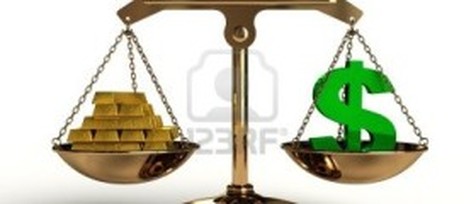The value of money is defined by economists as the quantity of goods and services that the money will buy. If prices go up or down, the value of money also changes. A major aim of any government’s monetary policy is to keep prices stable and thus preserve the value of money, also called its purchasing power. Today, people worry most about inflation, which lowers the value of money. If prices double, for example, a dollar buys only half as much as before, and so the value of money has dropped one-half. The rate of inflation is the rate at which prices in general are rising and the rate at which the value of money is falling.
Rapid, uncontrolled inflation can severely damage a country’s economy. For example, prices in Germany increased 10 billion times from August 1922 to November 1923. Such severe inflation is called hyperinflation. The value of the German mark dropped so sharply and so rapidly that employers paid workers twice a day. Marks became so worthless that no one would take them, and people began to use barter instead of money. Employers paid workers by giving them some of the goods they produced. People spent so much time trading for the things they needed that production nearly came to a halt. The hyperinflation ended after the government introduced a new currency.
Inflation has many causes. But in most cases, prices cannot continue to rise without increases in the quantity of money. There never has been severe inflation without a large expansion in a nation’s money supply.
Rapid, uncontrolled inflation can severely damage a country’s economy. For example, prices in Germany increased 10 billion times from August 1922 to November 1923. Such severe inflation is called hyperinflation. The value of the German mark dropped so sharply and so rapidly that employers paid workers twice a day. Marks became so worthless that no one would take them, and people began to use barter instead of money. Employers paid workers by giving them some of the goods they produced. People spent so much time trading for the things they needed that production nearly came to a halt. The hyperinflation ended after the government introduced a new currency.
Inflation has many causes. But in most cases, prices cannot continue to rise without increases in the quantity of money. There never has been severe inflation without a large expansion in a nation’s money supply.

 RSS Feed
RSS Feed